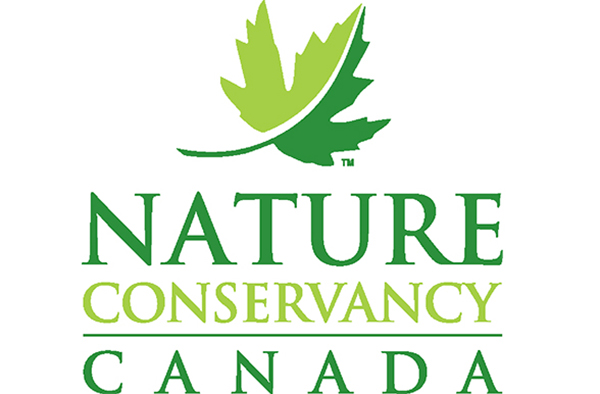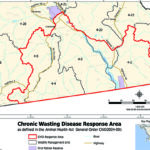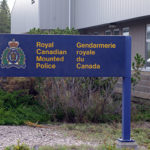Home »

Future is bright for conservation lands
By Linda Hannah
Habitat conservation, simply put, is about protecting nature. But like most things worth doing, great conservation can be challenging and complex.
In the fall of 2015 the Nature Conservancy of Canada announced it had accepted responsibility for 26 ecological conservation properties from The Land Conservancy of BC (TLC). This transfer of lands from one land trust to another was undertaken to assure a secure future for these important natural areas.
Being able to secure a future for nature means being able to practice good governance, fiscal prudence and organizational transparency. To that end, I believe it is important to report back to British Columbians about the status of the 26 conservation properties, and to outline the steps we have taken to ensure these land will be managed for conservation for now and forever.
We did not take on the task of saving these 26 properties alone. Thanks to partnerships with The Nature Trust of British Columbia (TNTBC) and BC Parks, we have been able to share the responsibility for ensuring the ongoing protection on these lands. Five of the 26 are now owned and managed by TNTBC, and eight have been folded in the B.C. government’s parks and protected areas portfolio. The Nature Conservancy of Canada owns and will care for the remaining 13.
These high-priority lands contain some of the most significant habitats for biodiversity in B.C., including species at risk and vulnerable rare ecosystems. Spanning forest, wetland and grasslands, they provide habitat for migratory birds, grizzly bears, salmon and many other native wildlife.
The Nature Conservancy of Canada maintains a stewardship endowment fund that is added to with each project we take on. These reserves are held in trust, with the interest used to support land stewardship activities. Because of this and other strong policies and practices, NCC has been ranked as the top environmental charity in Canada by MoneySense Magazine for seven years running. We can confidently say there is adequate funding and institutional strength to ensure that these properties remain in conservation, no matter the economic climate.
Managing and stewarding conservation land over the long term is no small task. For each conservation area we own, we conduct an ecological survey and prepare a detailed management plan that outlines the activities needed to maintain and enhance the conservation values on that site. Acquiring 26 new properties in one fell swoop added a mountain of work to our B.C. staff, who have worked diligently over the past 15 months to survey, plan and begin stewardship on the conservation areas now under NCC’s management.
We have made many exciting discoveries while getting to know these lands. Our Canadian Rockies stewardship coordinator was impressed by the immense size of the coho salmon found spawning on the Horsefly River Riparian Conservation Area in the Cariboo. Our stewardship director is encouraged by the good quality Garry oak habitat she found on Kindwood and Lohbrunner Woods near Victoria and the Raymond M. Goodall Ecological Land Reserve on Salt Spring Island. Our director of development hails Centre Creek in Surrey as “a little slice of green” in the city and is curious – as we all are – to discover if we can rebuild the historical fish-bearing habitat once found there.
These discoveries are only some of the reasons why all British Columbians can feel proud that these lands are now securely in conservation status. From the smallest parcel (the Clare Winnett Copeland Property near Shawnigan Lake, at 2.2 acres) to the largest (Talking Mountain Ranch, near Clinton, at 947.4 acres), all of these lands nurture valuable wildlife and ecological communities, and will remain preserved through diligent management. We hope that these conservation lands will not be the only restored values that come out of this transaction, but that faith of the conservation community is also being strengthened by this good news story of partnership, resilience and creative solution-building in the face of complex problems.
– Dr. Linda Hannah is the British Columbia Regional Vice President for the Nature Conservancy of Canada.







